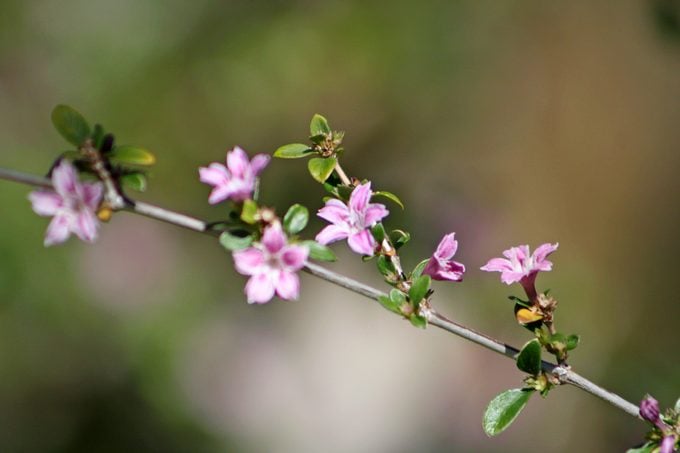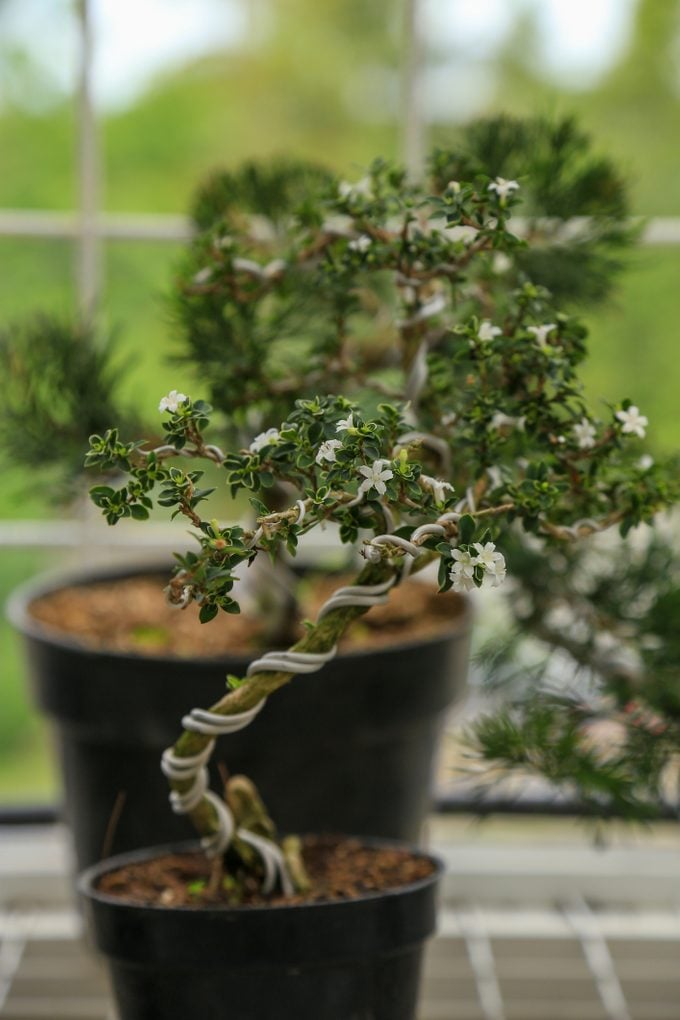Serissa Bonsai: Japanese Sun Rose Care
Updated: Jun. 12, 2023
Interested in growing a bonsai plant? Try a Serissa bonsai, commonly known as Japanese snow rose or Tree of a Thousand Stars.
Ask the Experts: Serissa Bonsai Care

“I’ve had this plant (above) for more than 20 years. It’s so pretty and the bees love it! Can you help identify it?” asks Birds & Blooms reader Jeanette Brenna of Dade City, Florida.
Horticultural expert Melinda Myers says, “Your plant looks like a Japanese snow rose (Serissa). This shrub is hardy in Zones 7 to 9, evergreen in milder climates and often used in bonsai. In the landscape, it prefers moist, well-draining soil and part shade. It doesn’t tolerate overly wet or drought-like soil conditions. You may see it drop leaves if temperatures are too hot or too cold and with extremes in soil moisture.”
- Common name: Japanese Snow Rose, Tree of a Thousand Stars
- Scientific name: Serissa japonica (formerly Serissa foetida)
- Growing zones: 7 to 9
- Light needs: Part sun to part shade
- Soil: Moist, well-draining soil
- Size: 2 to 4 feet high and 3 to 5 feet wide
Learn how to grow a desert rose plant.
What Does a Japanese Snow Rose Look Like?

Despite its common name, the Japanese snow rose is not related to flowering plants in the rose family (Rosa) such as the popular Knock Out roses. Instead, this evergreen (or semi-evergreen, depending on your growing zone) shrub is actually in the coffee plant family. Characteristics include a gnarled trunk, small leaves and lots of star-shaped white or pink flowers from spring through fall. Just don’t expect it to produce any coffee beans.
Unlike succulents such as haworthia these somewhat finicky plants will not thrive if the soil dries out completely, so make sure you stick to a regular watering schedule.
Next, learn how to grow and care for moss rose plants.




















